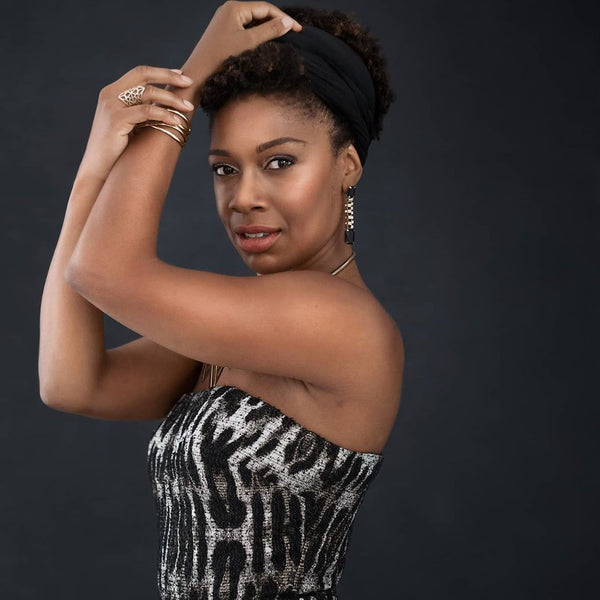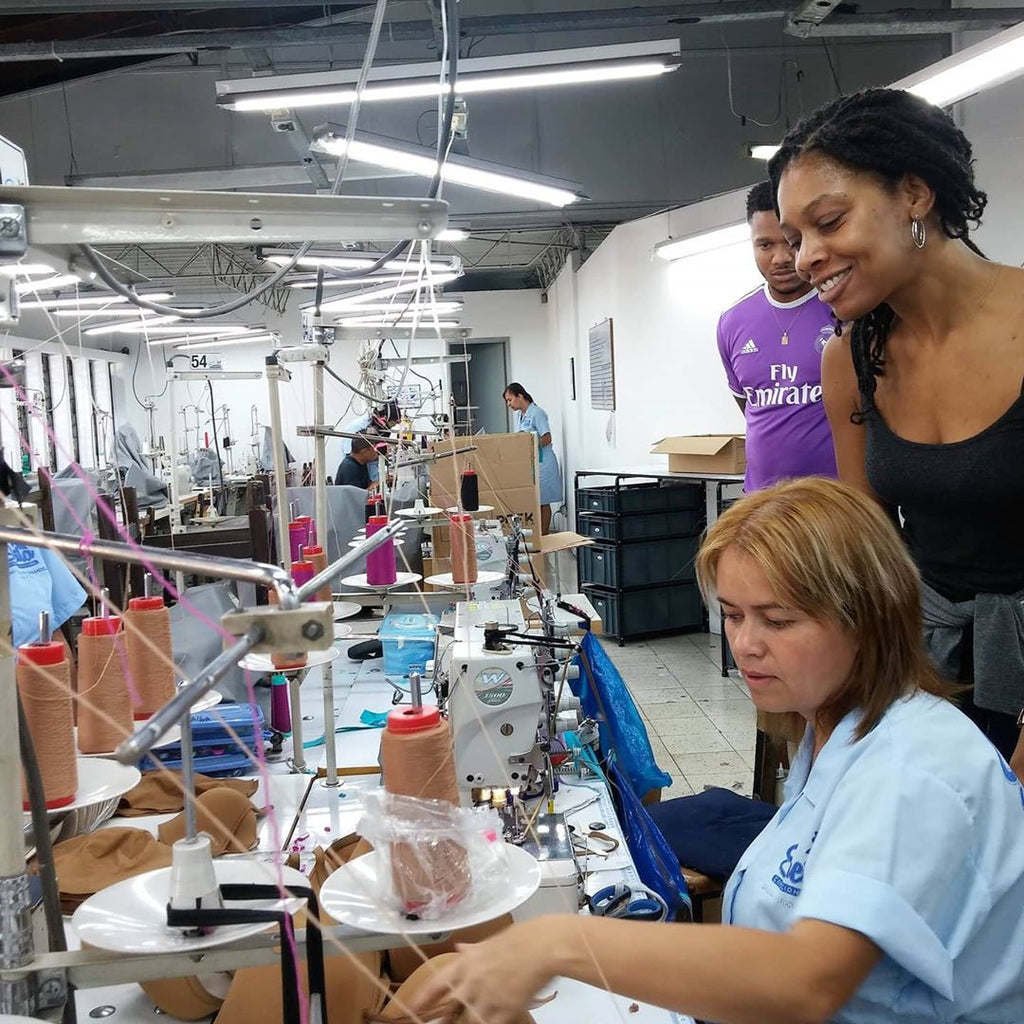I started stylizing editorial shoots on weekends with friends around the city, and chronicling my musings on my blog, What Women Want. At the time, I didn’t realize quite what I was cultivating. I just knew that in order to survive my 9-5, I needed to exercise my creative brain. It felt more like playing than launching a side hustle that would, eventually, change my career and life forever.
Even in my earliest blog posts, it was clear something special was taking shape. As a Black woman, I used my blog to spotlight other women of color. Soon, people started to take notice and, swiftly, weekend photoshoots and blog posts evolved into curated, sold out events.
I knew I was dancing on the edge of something life altering when I walked into one of my events and realized most of the people there were complete strangers. It hit me: this was bigger than me, but it also felt effortless — like an extension of all the things I loved. I was walking in my purpose, and the universe was telling me to stay the course.
Then, the brands came. But one thing was clear from the beginning: I had discovered a gap in the traditional world of marketing. Yes, marketing lacked diversity but it also lacked storytelling, authenticity, and community.
People weren’t connecting with the generic marketing techniques that became industry standard. They didn’t care about what a stranger on a billboard was wearing, they wanted to see themselves reflected. Soon, I wasn’t just shooting content for fun on the weekends, I was creating ads for brands and helping them launch new products.
Things started to change when influencer culture became more mainstream. In actuality, it began to mimic the same exclusionary culture that was so prevalent in traditional marketing. Black and Brown influencers and content creators were largely being ignored in favor of Eurocentric features.
I was frustrated, but I also knew the answer to this dilemma. I created a following by being the authentic girl from Toronto that I am. I knew the response to the changes and regression in influencer marketing involved taking back power. And that’s exactly what I did by founding an agency focused on storytelling, strategic marketing, and advocating for Black content creators.
I loved creating content as a blogger, but I also loved the change I was impacting in Toronto and beyond. I knew that with my skills and experience, I could afford more Black and Brown women similar opportunities.
I wanted to create footsteps for little girls who looked like me, including my daughter, — not just in marketing — but in the world of business. Within the span of a few short years I've founded an agency, Kensington Grey, grown an impressive roster of talented content creators from all over North America, and run thousands of successful campaigns.
Our agency focuses on more than just representation. We’re committed to ensuring that underrepresented content creators are being given the recognition and compensation they deserve for the talent they bring to each and every ad. 
Throughout my creative and entrepreneurial journey, I've learned that to be truly successful, I can’t wait around for others to invite me to the table. I’ve also learned that when I step into my power, and take consistent action, I can build the table of my dreams.
Feelings of imposter syndrome and not being enough were created to keep women like me out of positions of power, and keep us small. But when we choose to believe in our light and our vision, we’re truly unstoppable. Because when you start living in your purpose, things just start to click.
That’s precisely what it felt like when I first launched my blog. I didn’t think of it as a side-hustle or career stepping stone — it was just something I loved doing and that other people loved as well.
There were countless people who told me I was wasting my time, both as a content creator and as an agency owner. Very few marketing professionals saw the potential in influencer marketing in the early days. They were wrong.
That's why it doesn't matter who believes in you, as long as you believe in yourself — and have the work ethic to get you to where you want to go.
]]>
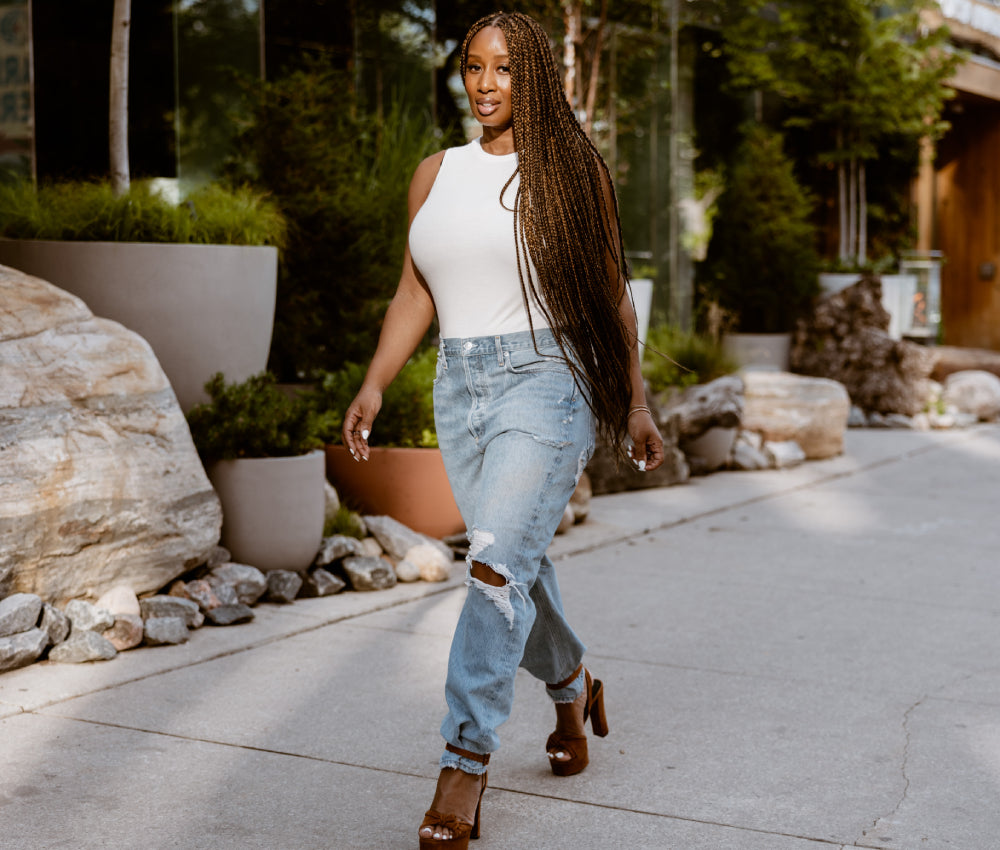
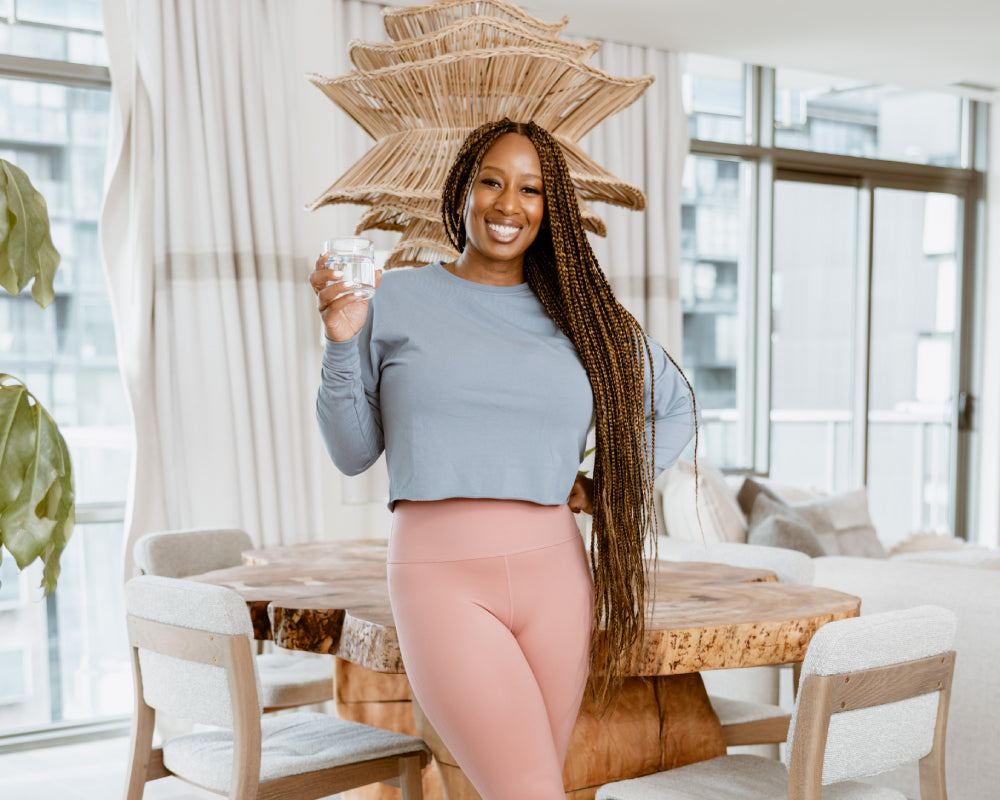


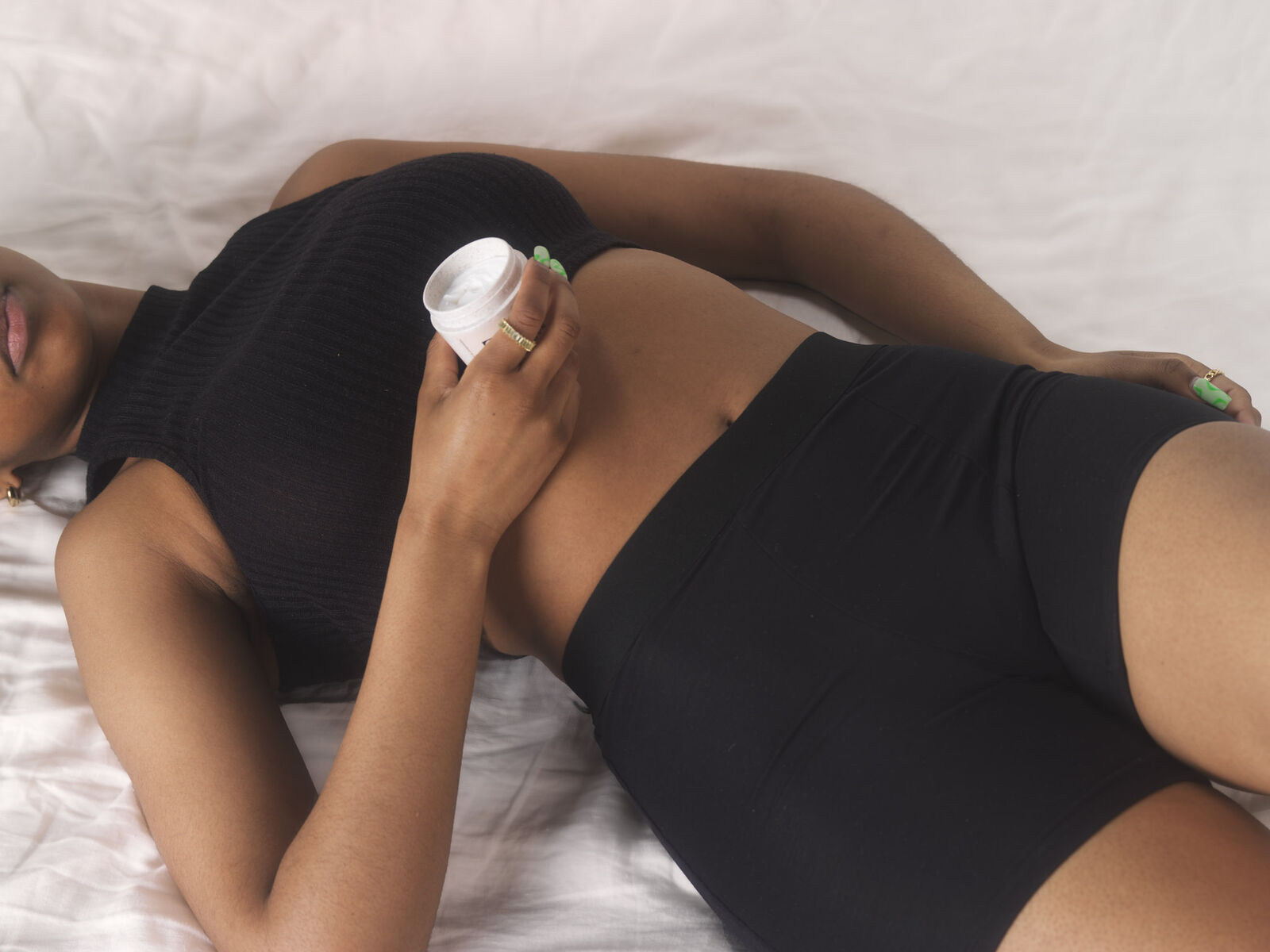
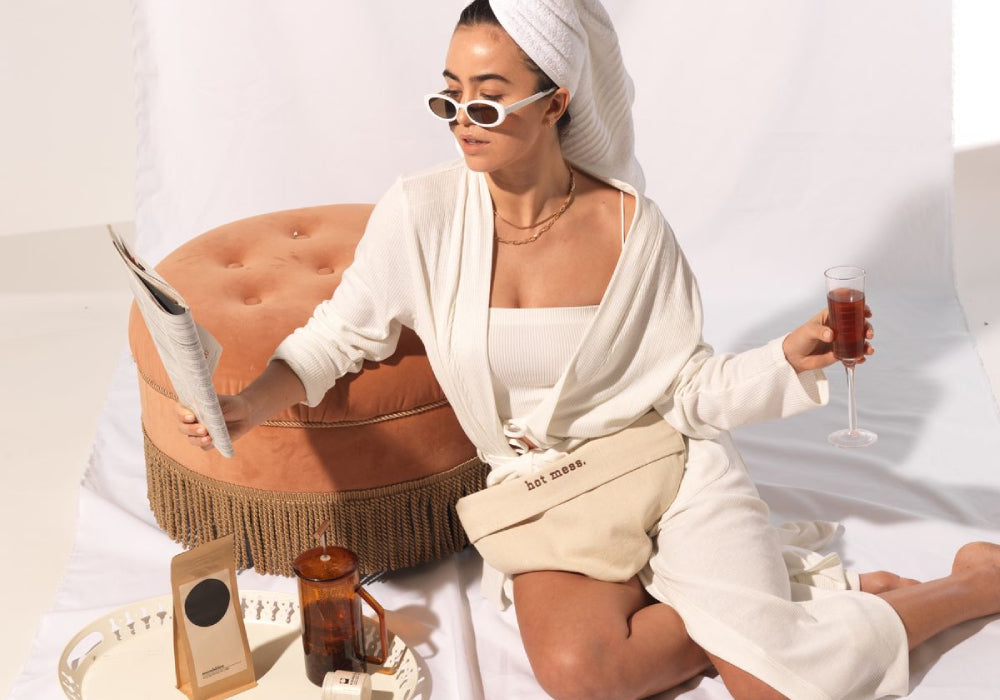
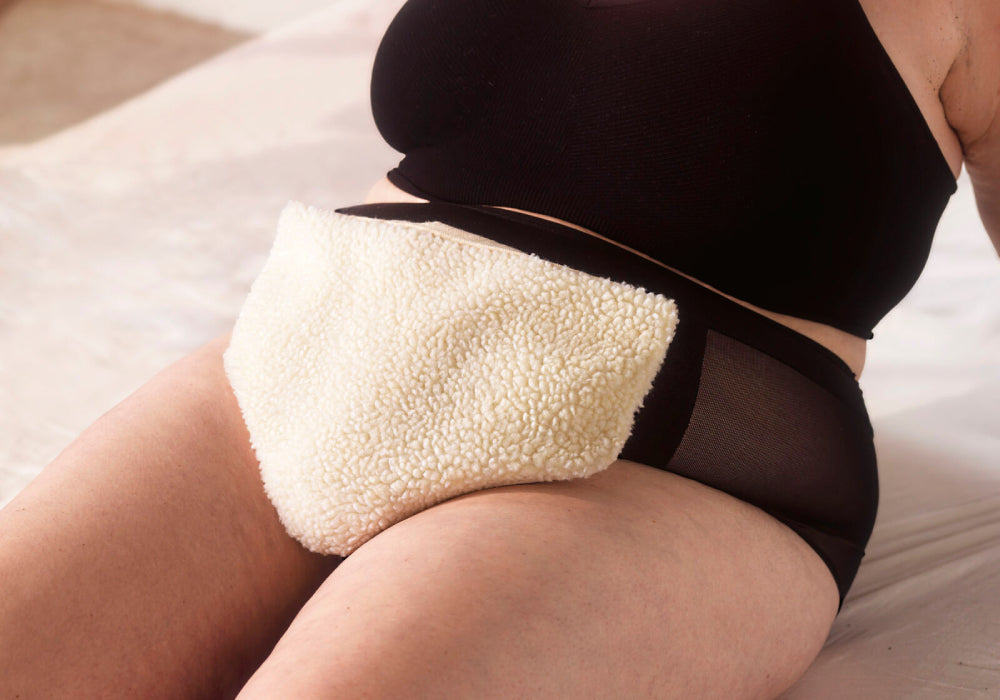
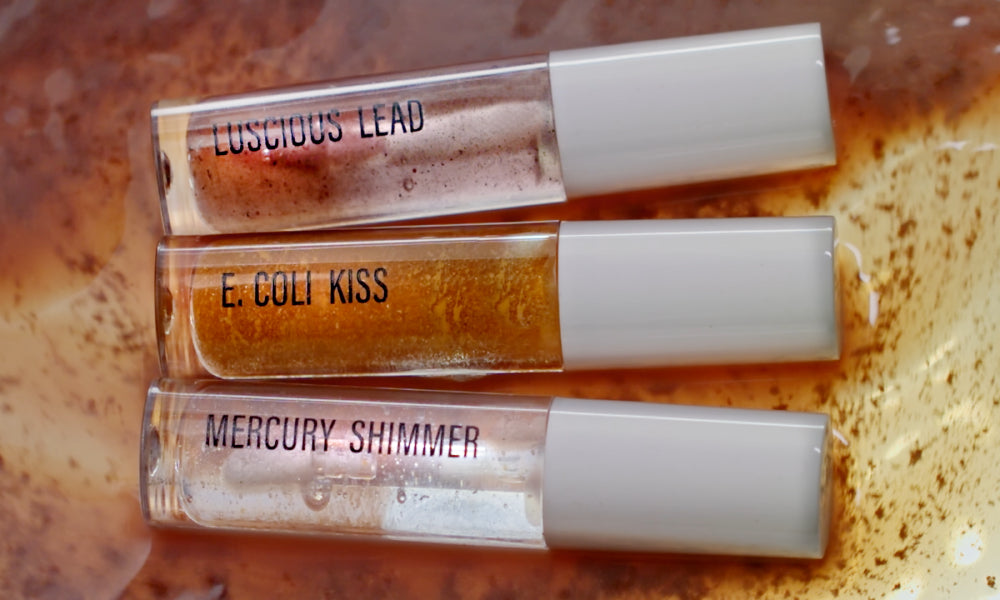
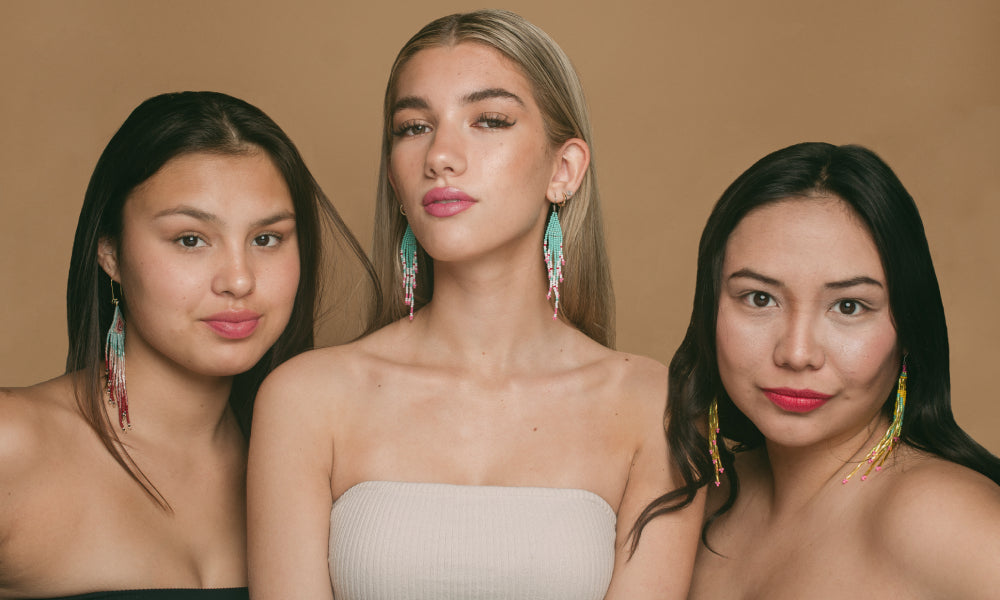


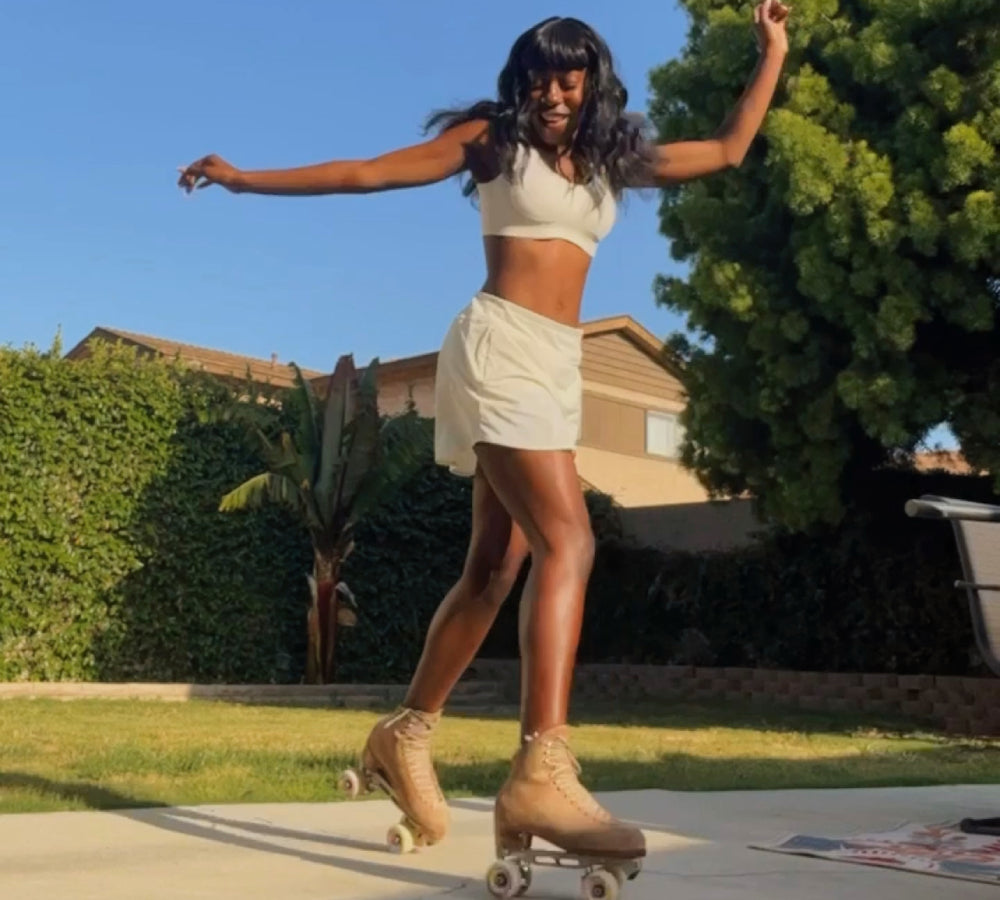

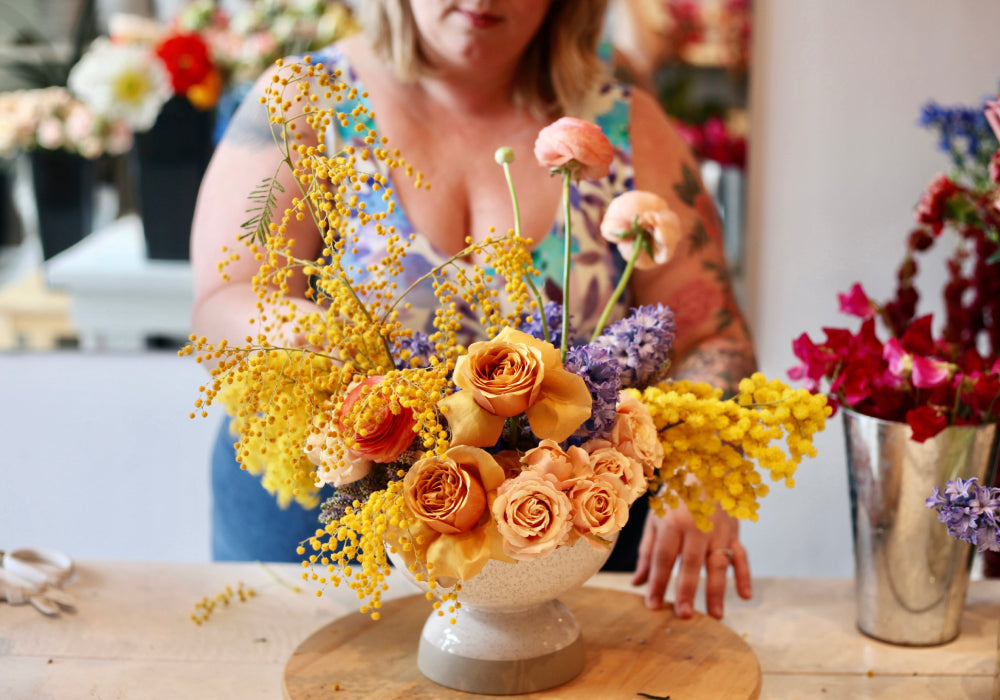

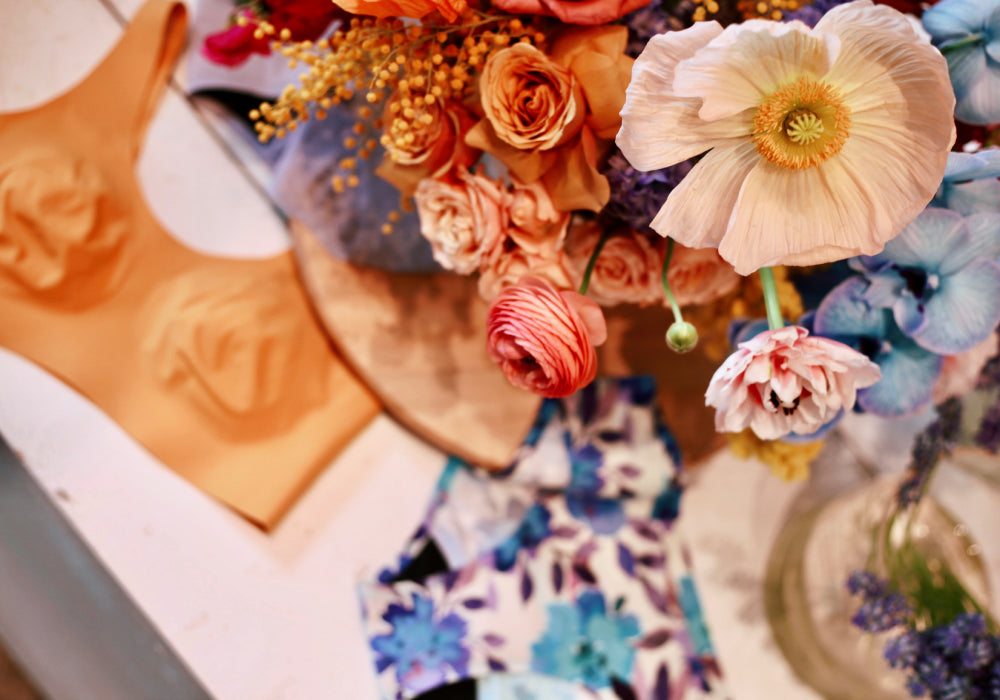
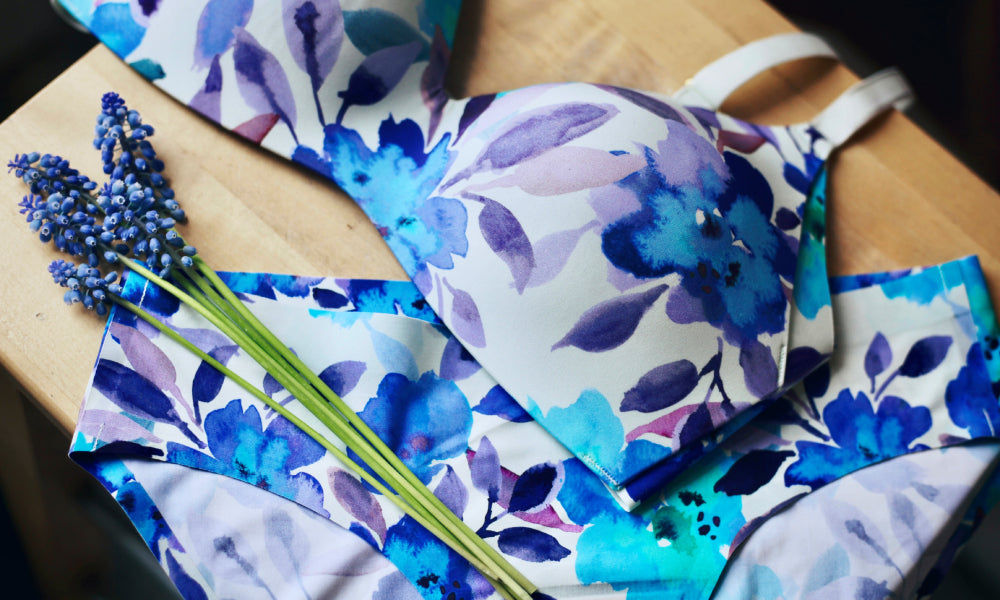


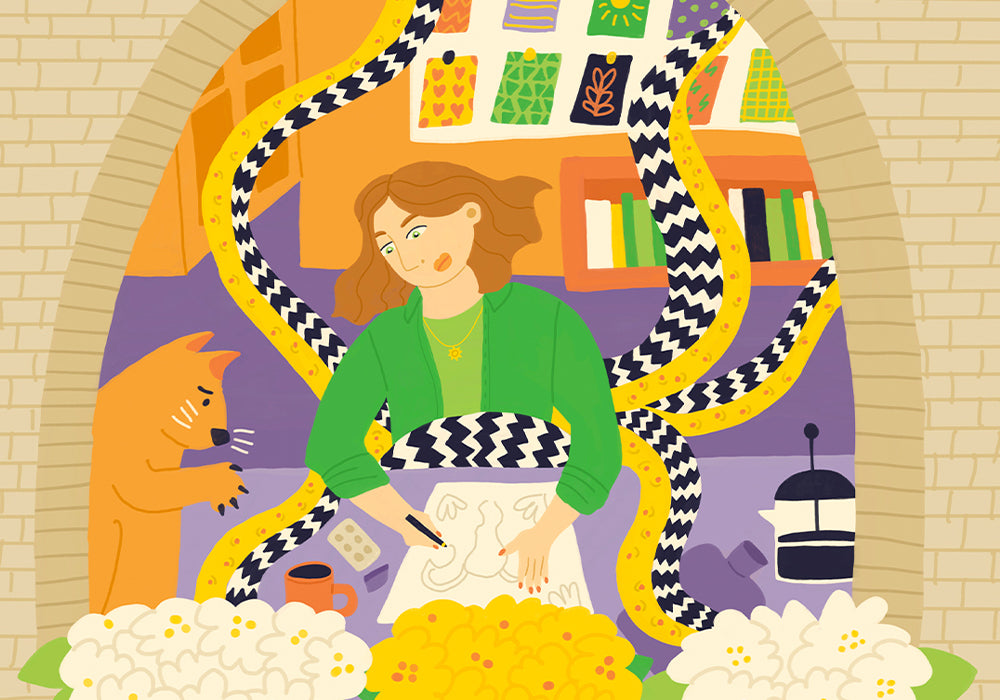
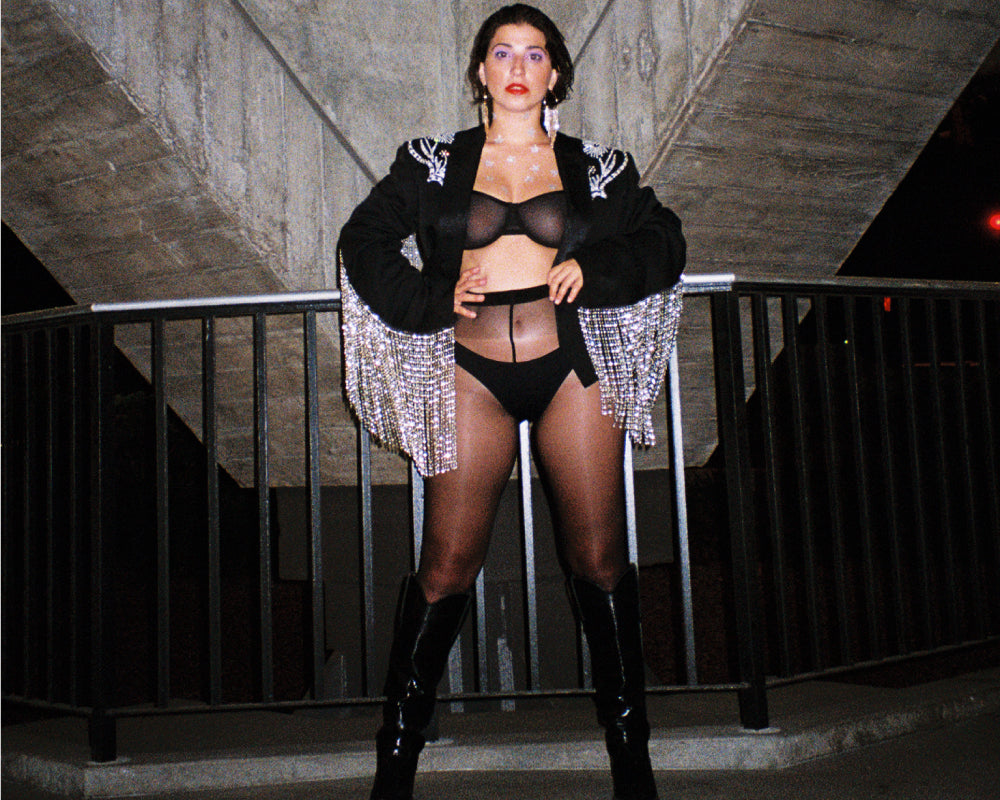 I don’t know if wine counts as an affirmation but that is in there too!
I don’t know if wine counts as an affirmation but that is in there too!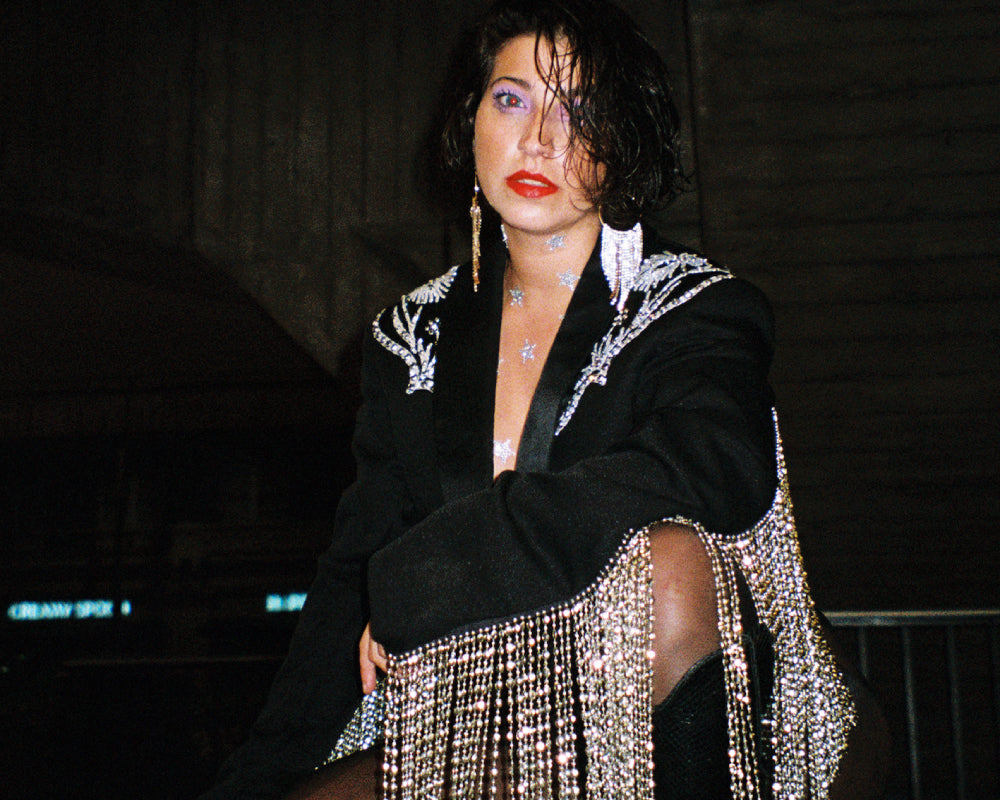 I feel hopeful that we’re in a time where these kinds of discussions are happening more frequently and, ideally, if we all keep speaking about it, over time, there will be some real, lasting change.
I feel hopeful that we’re in a time where these kinds of discussions are happening more frequently and, ideally, if we all keep speaking about it, over time, there will be some real, lasting change.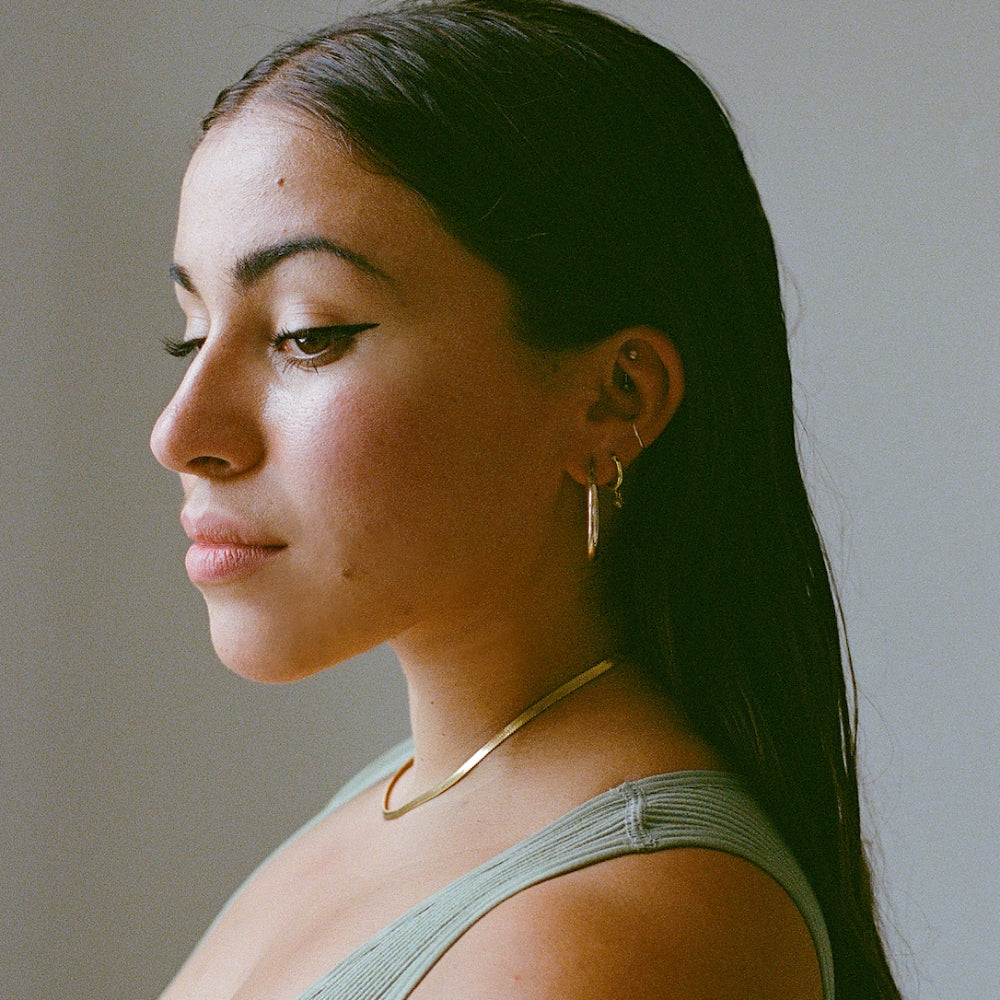


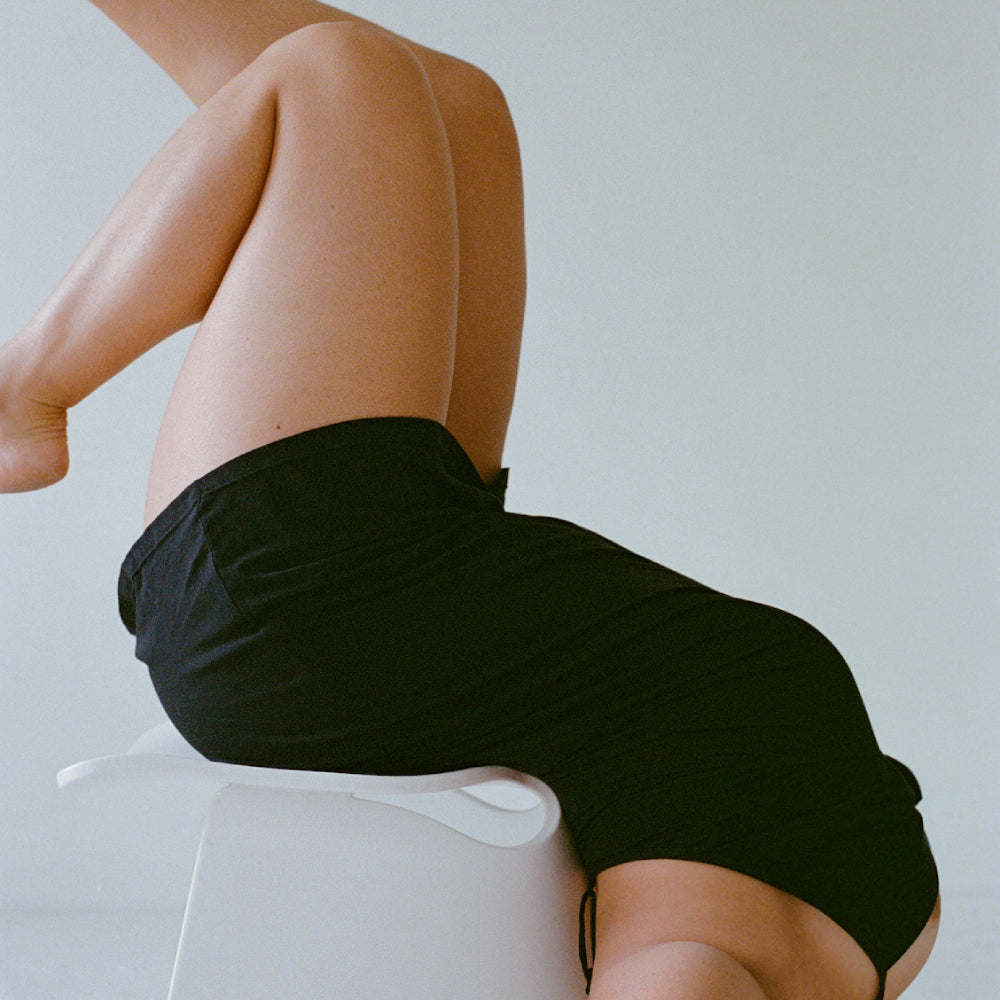


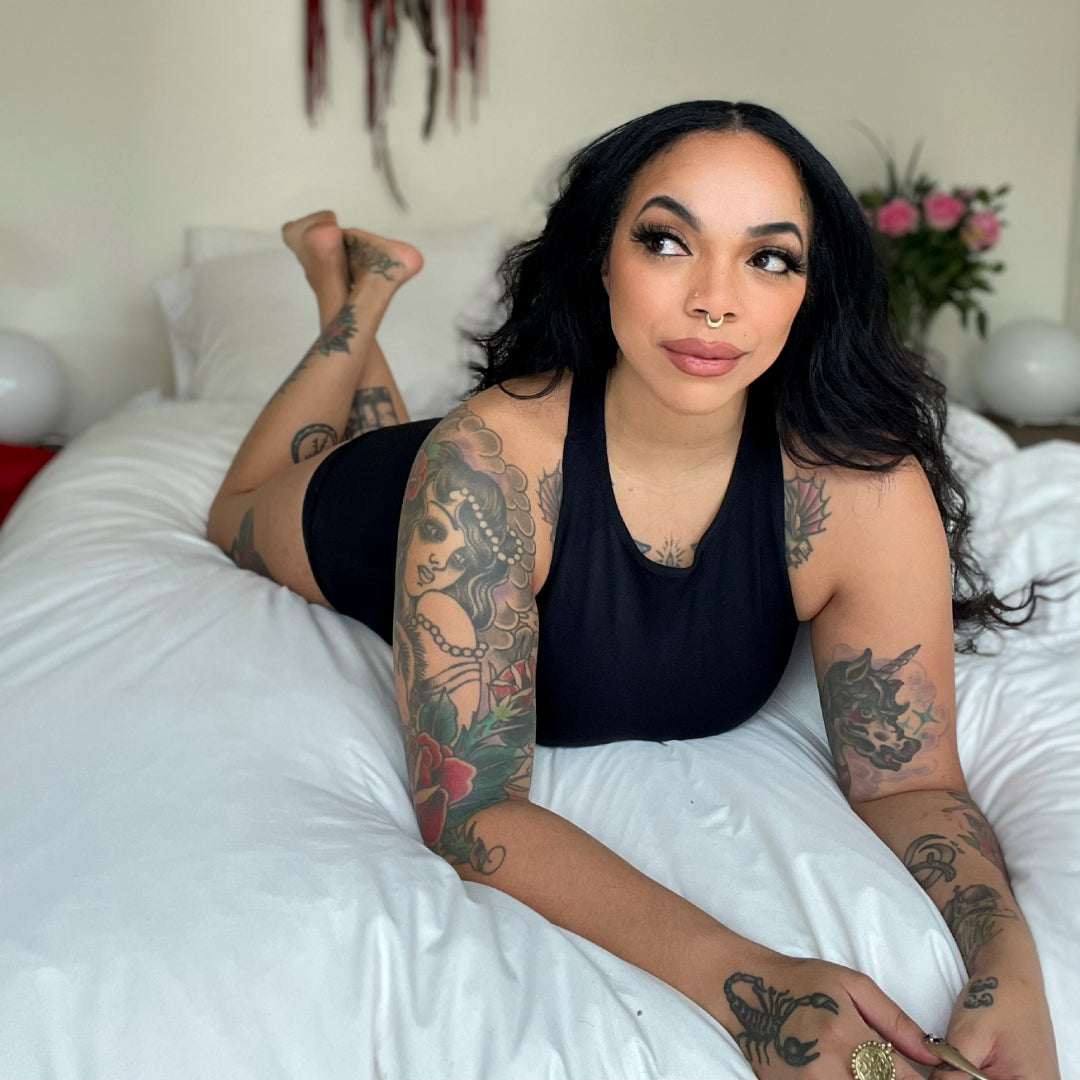

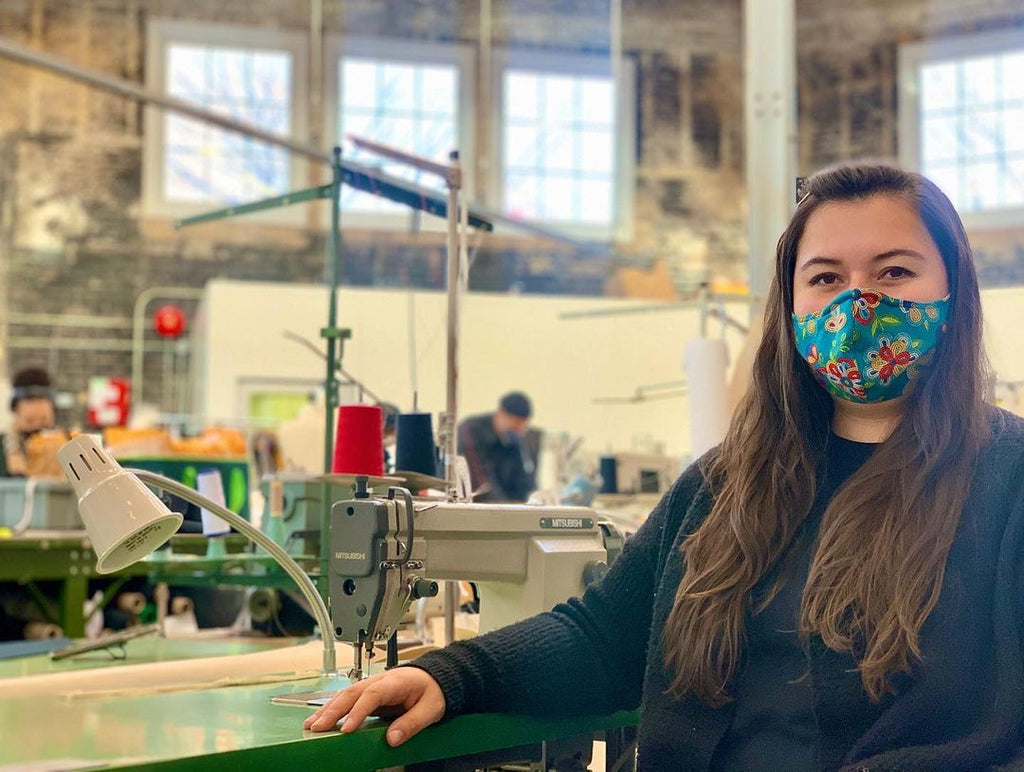 📸
📸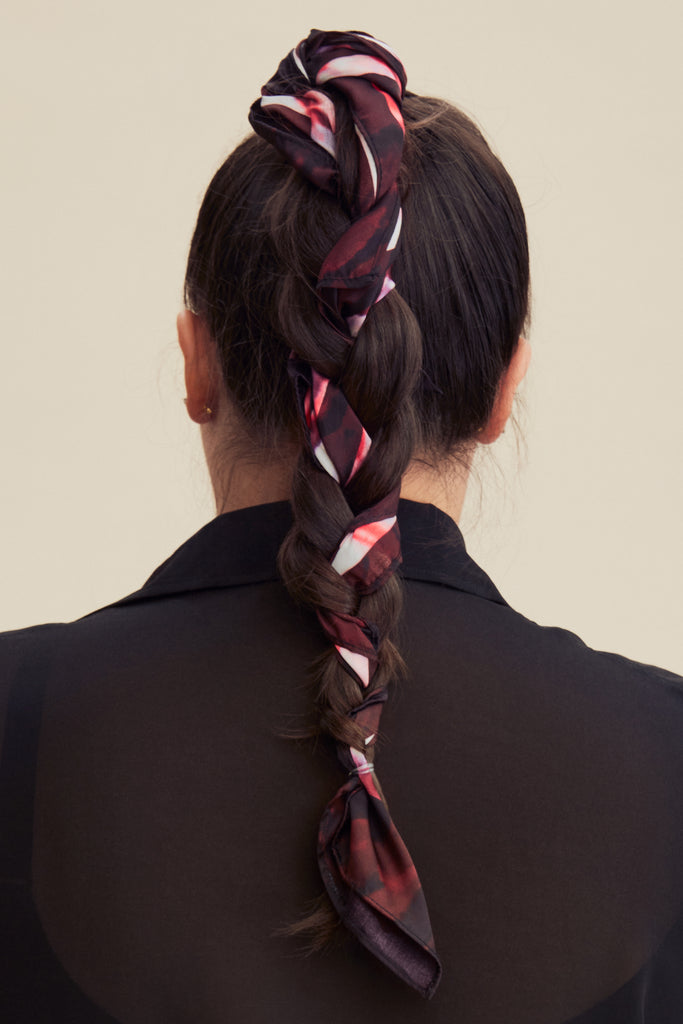
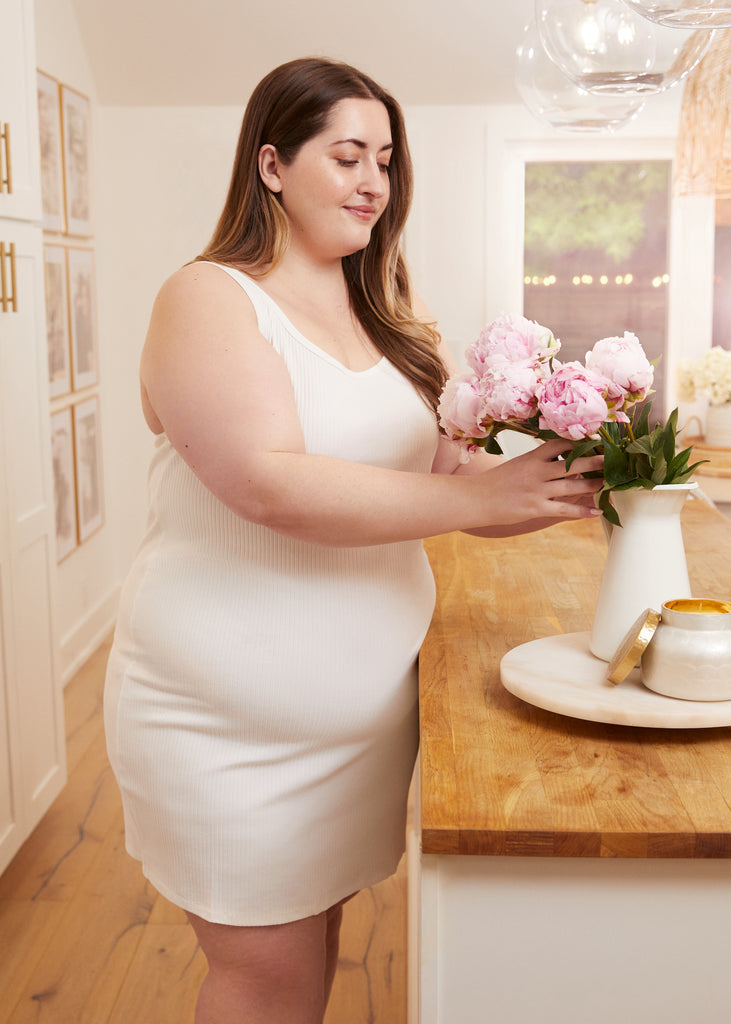
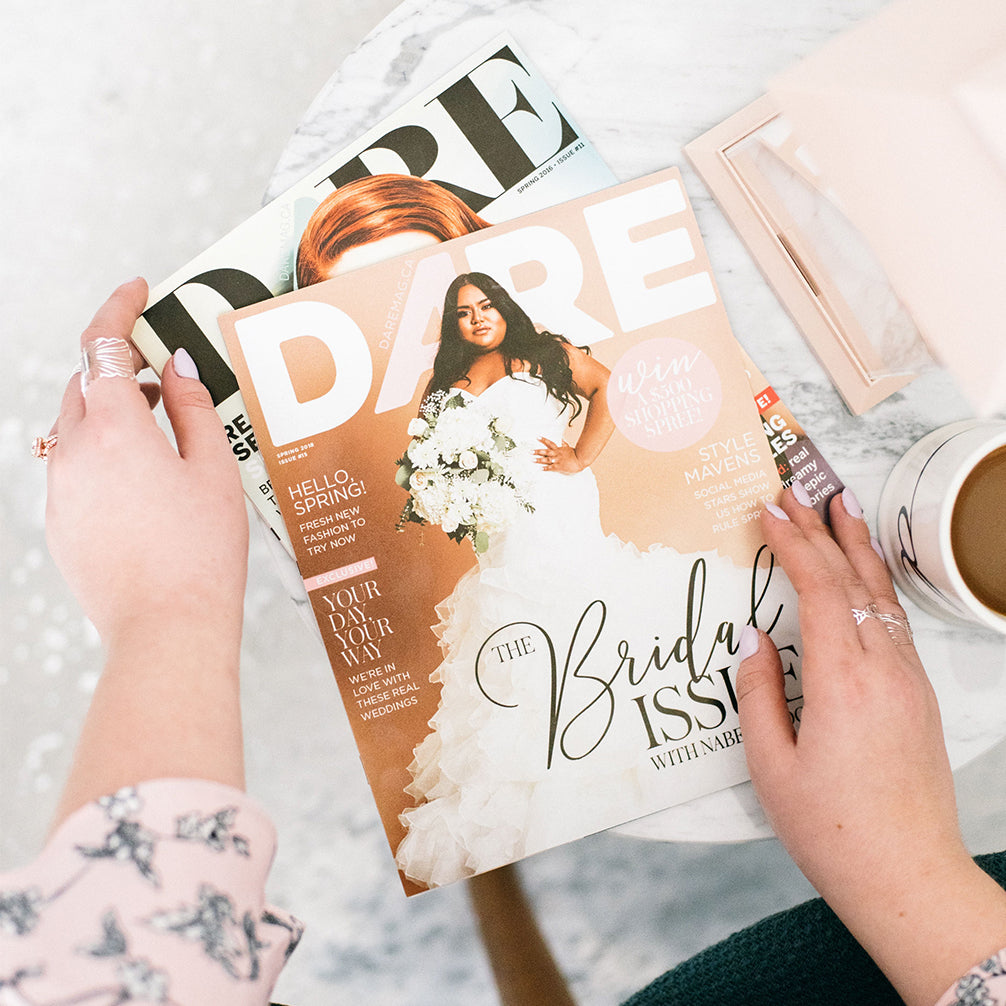


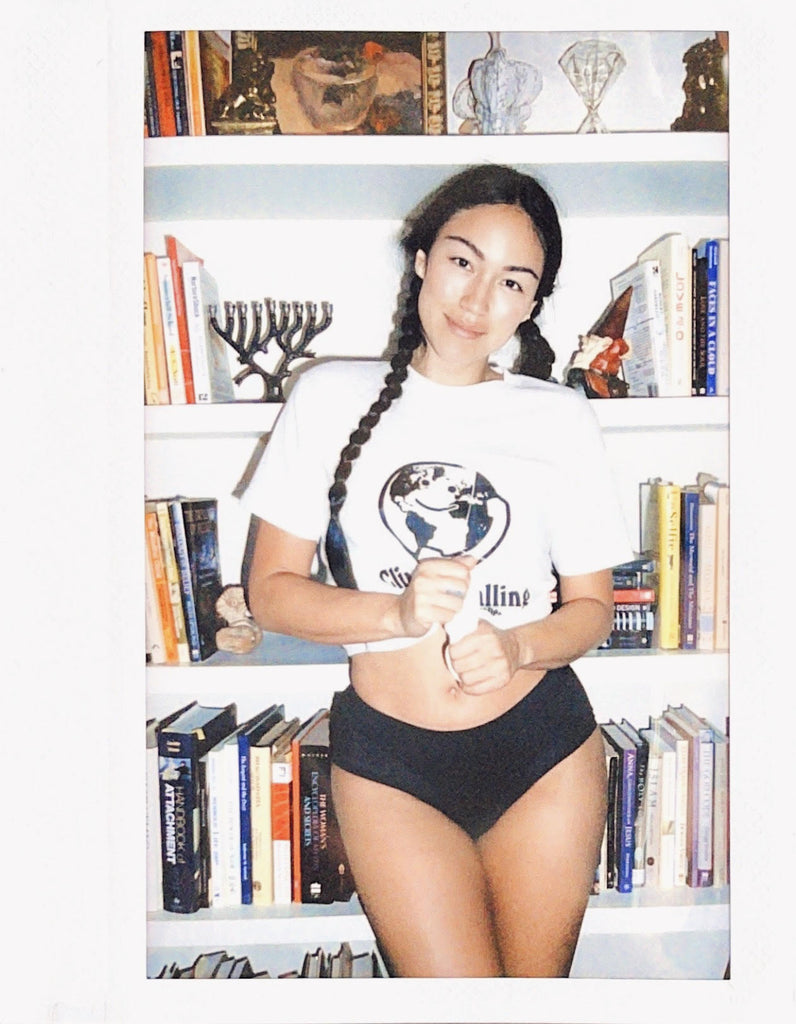


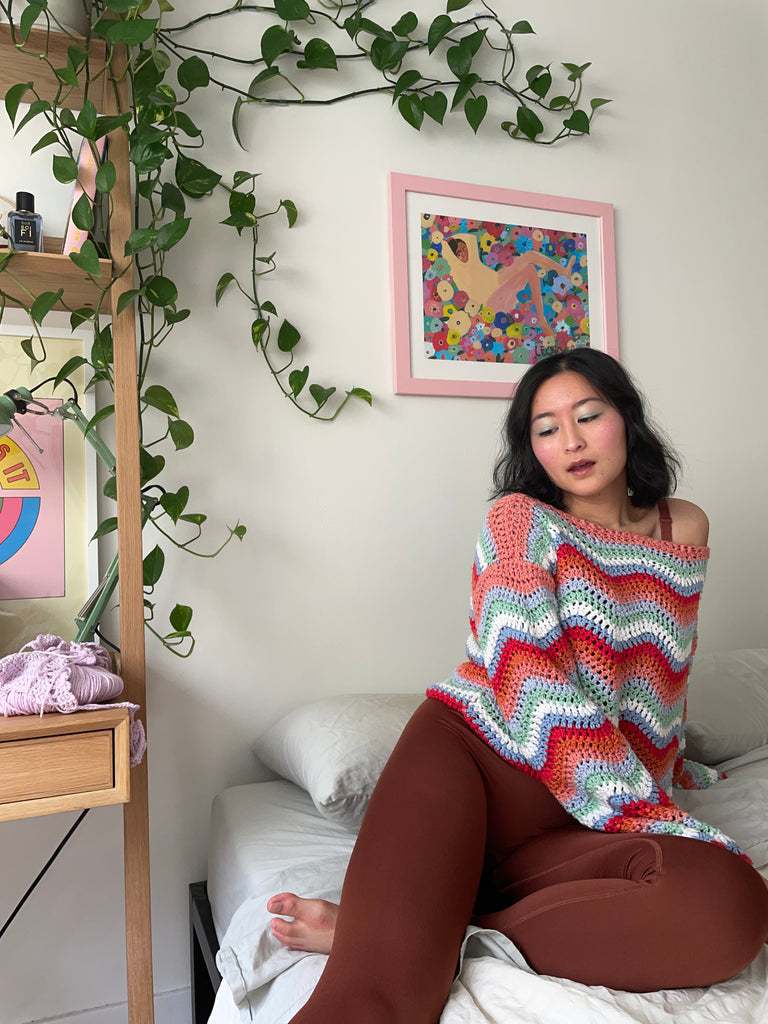

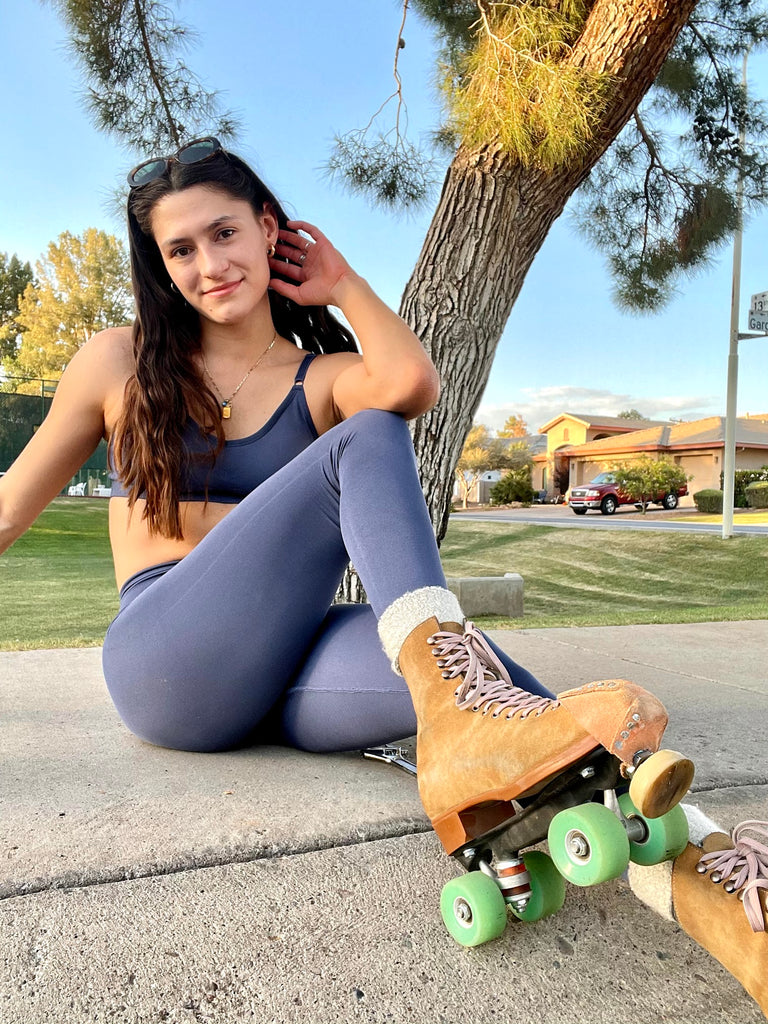
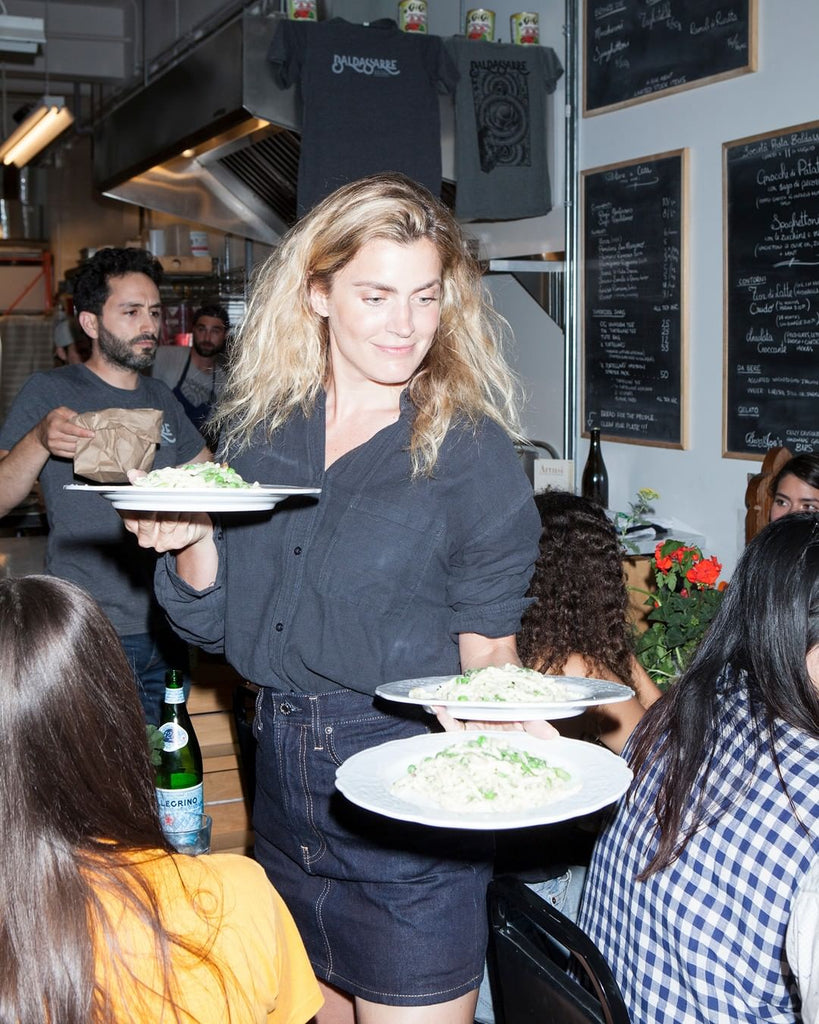
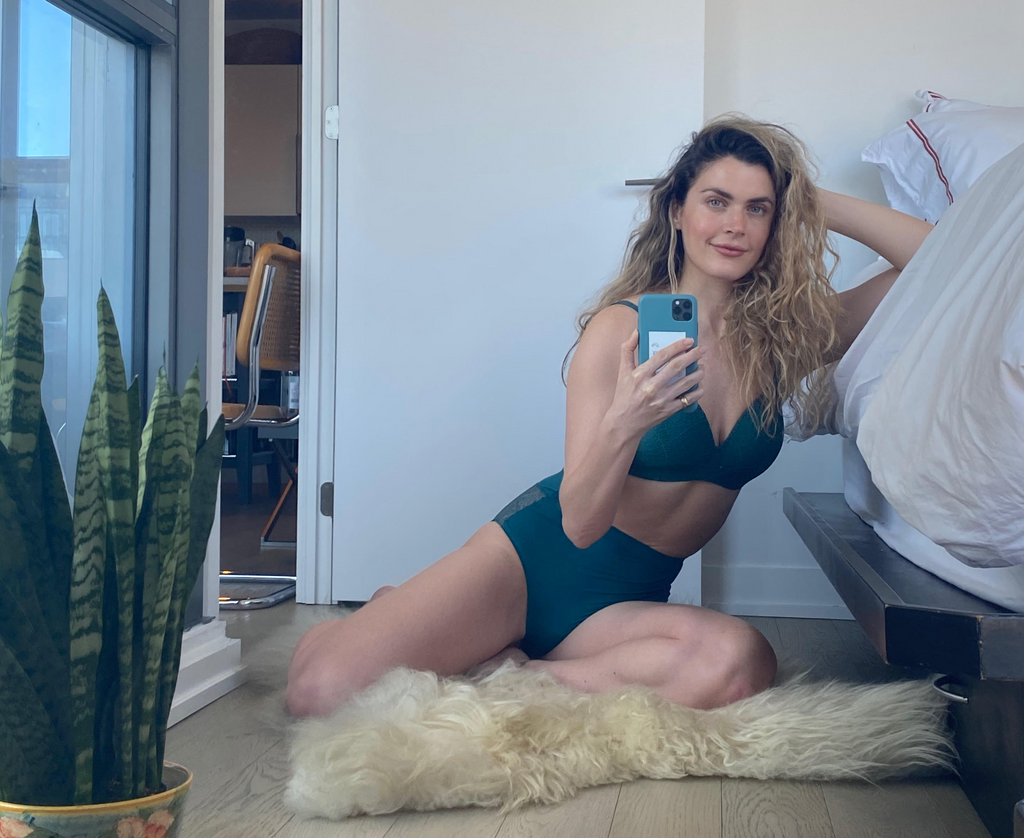

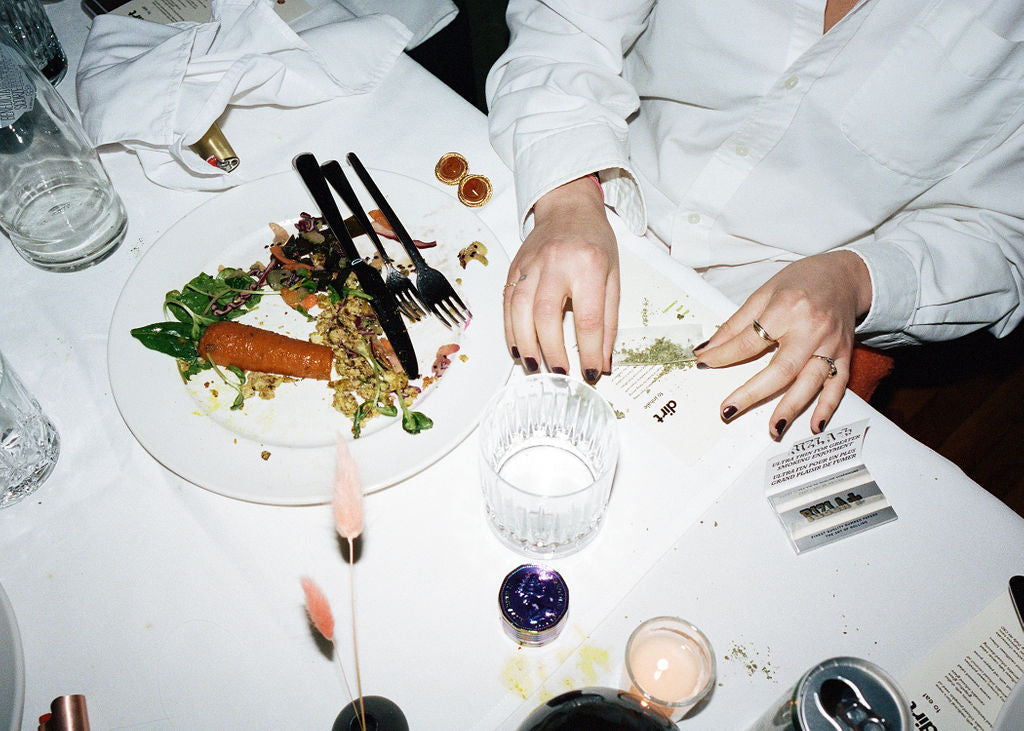



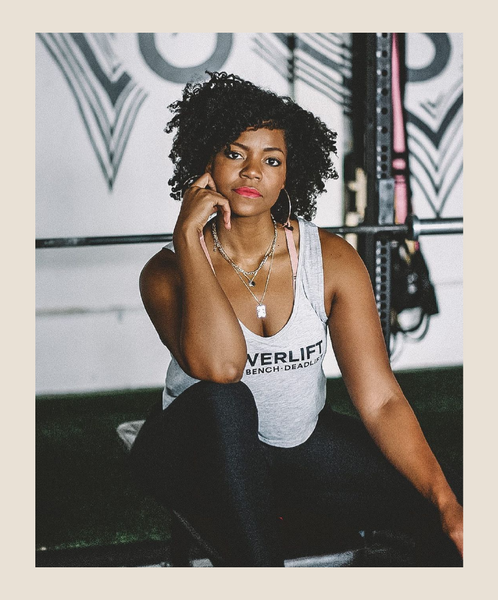
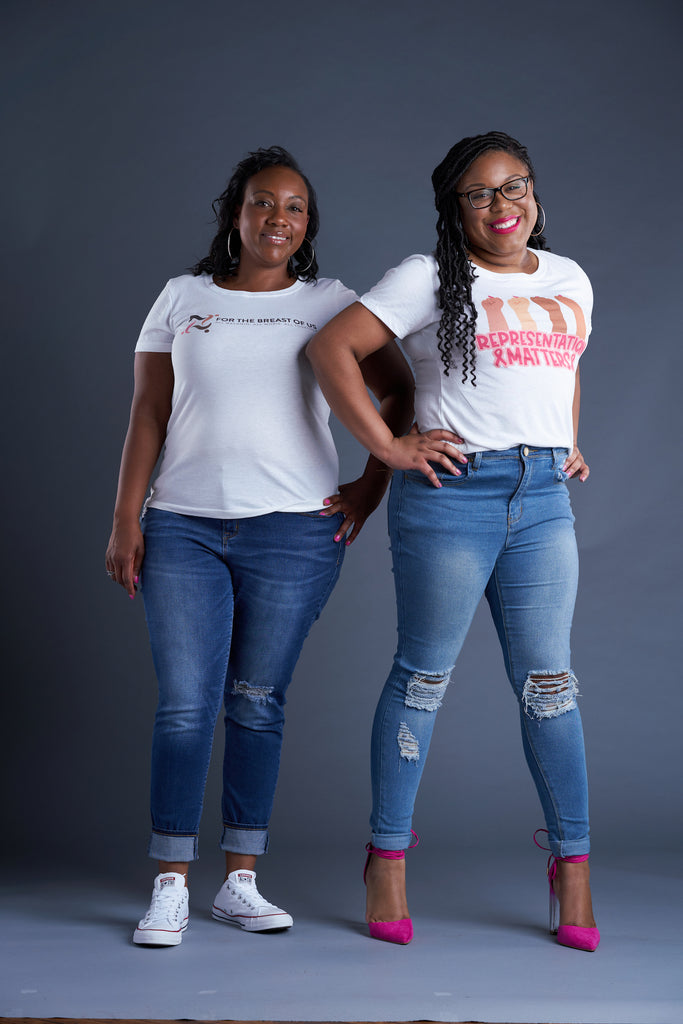
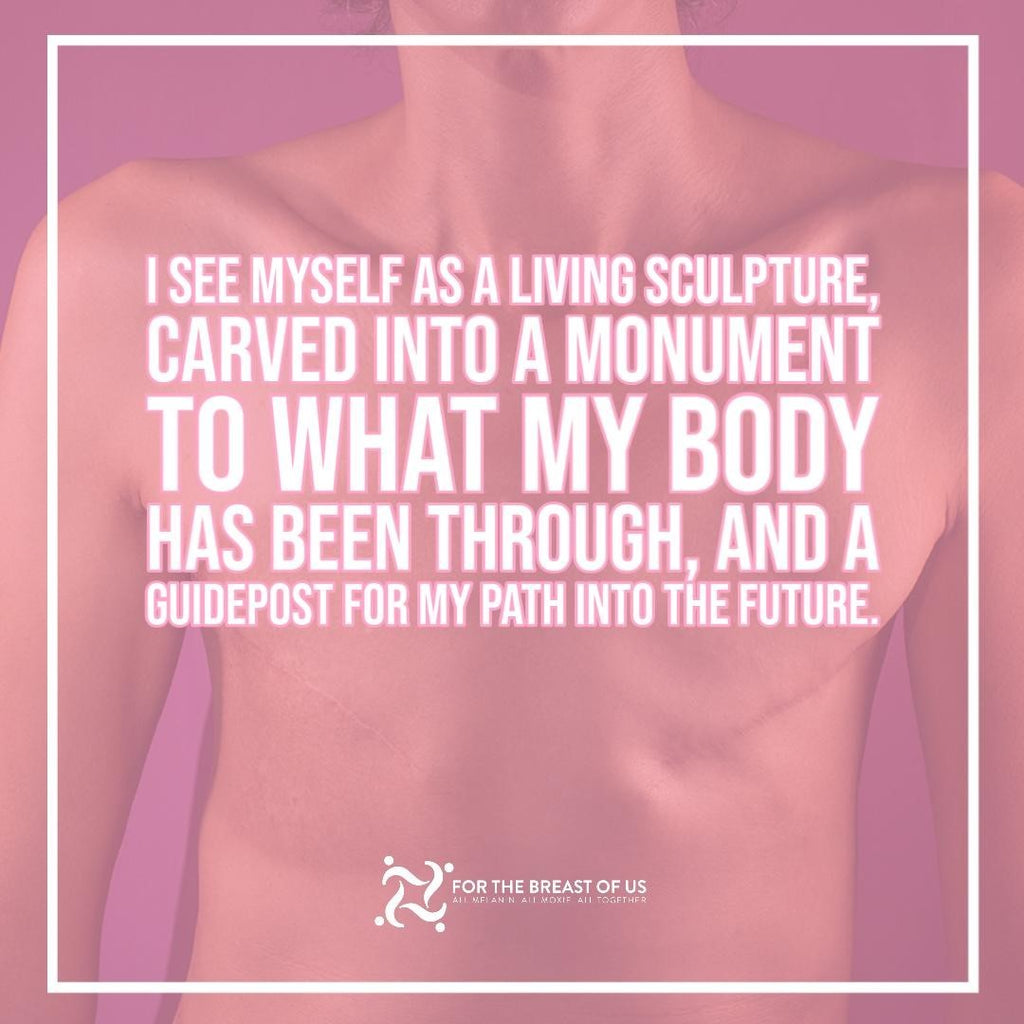


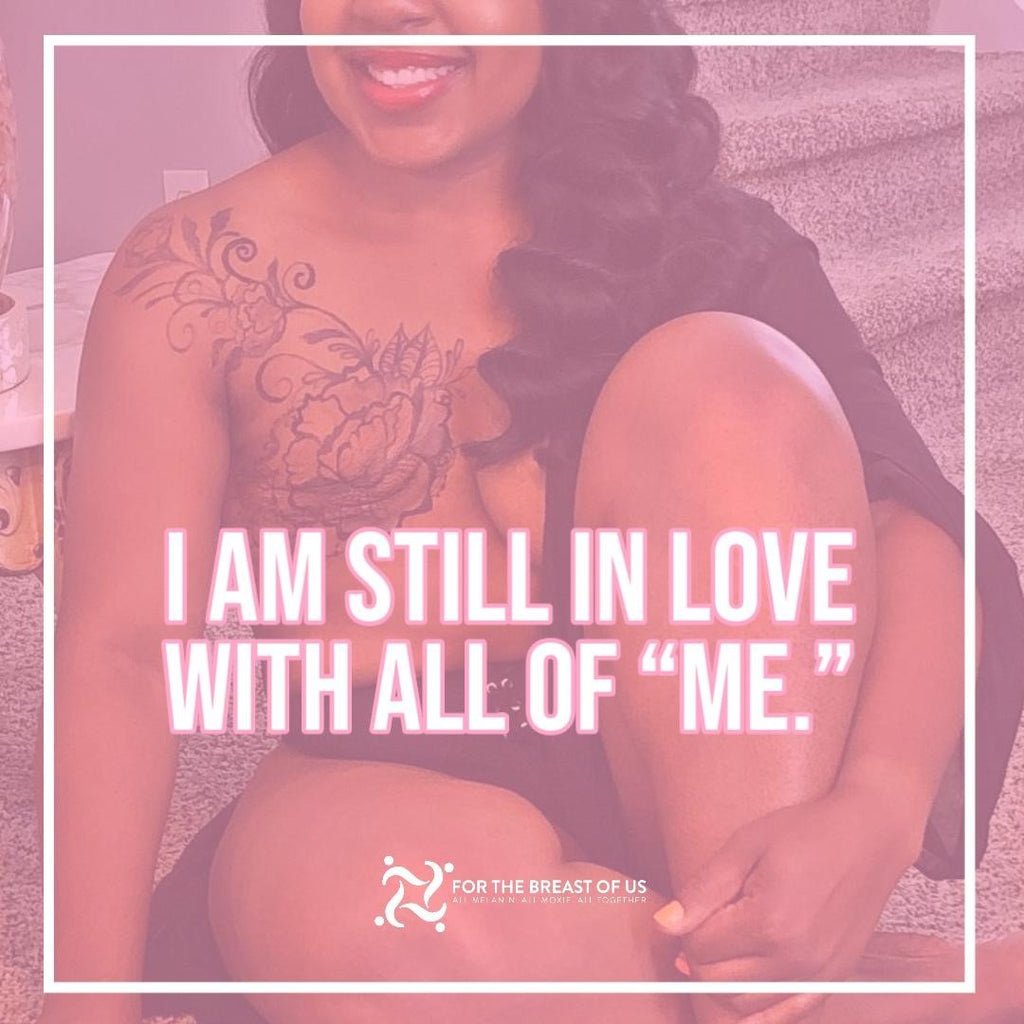 📷 :
📷 :  📷 :
📷 : 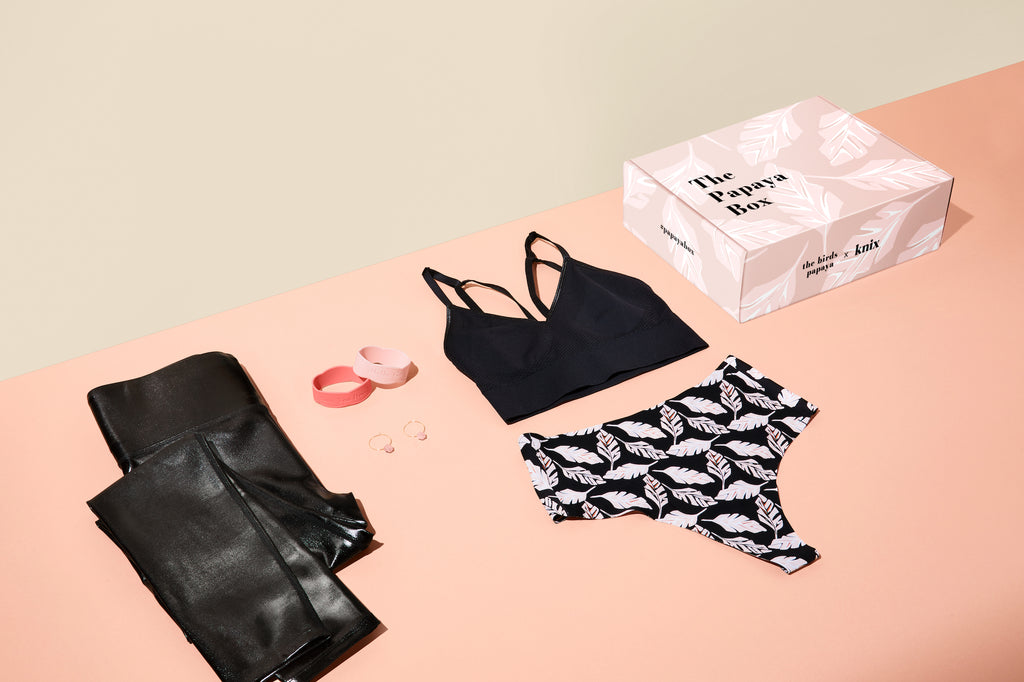
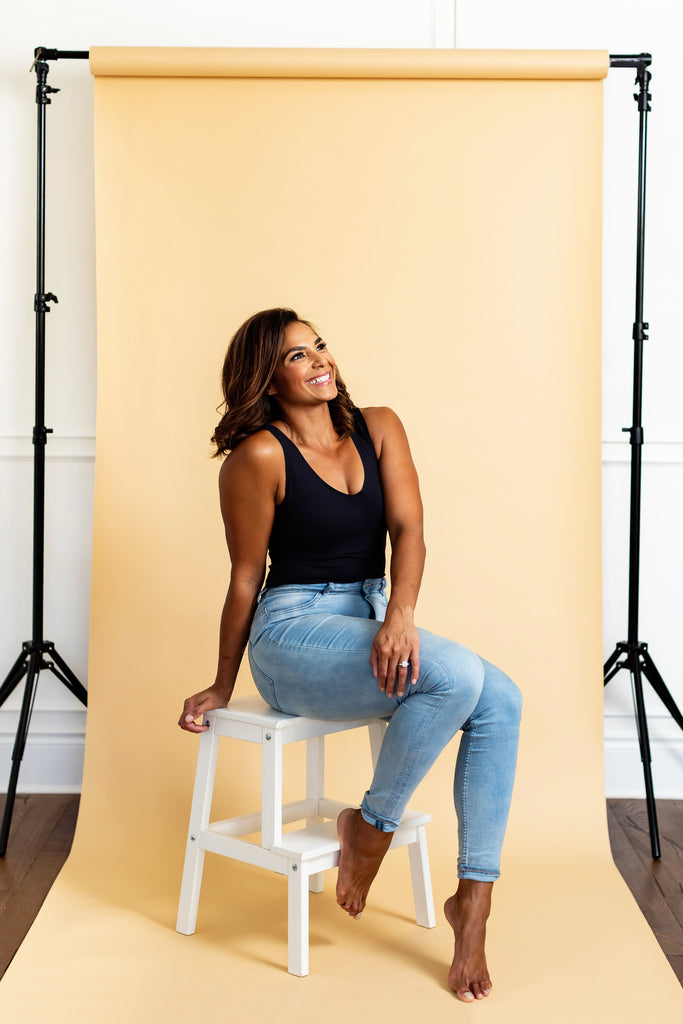 📸
📸 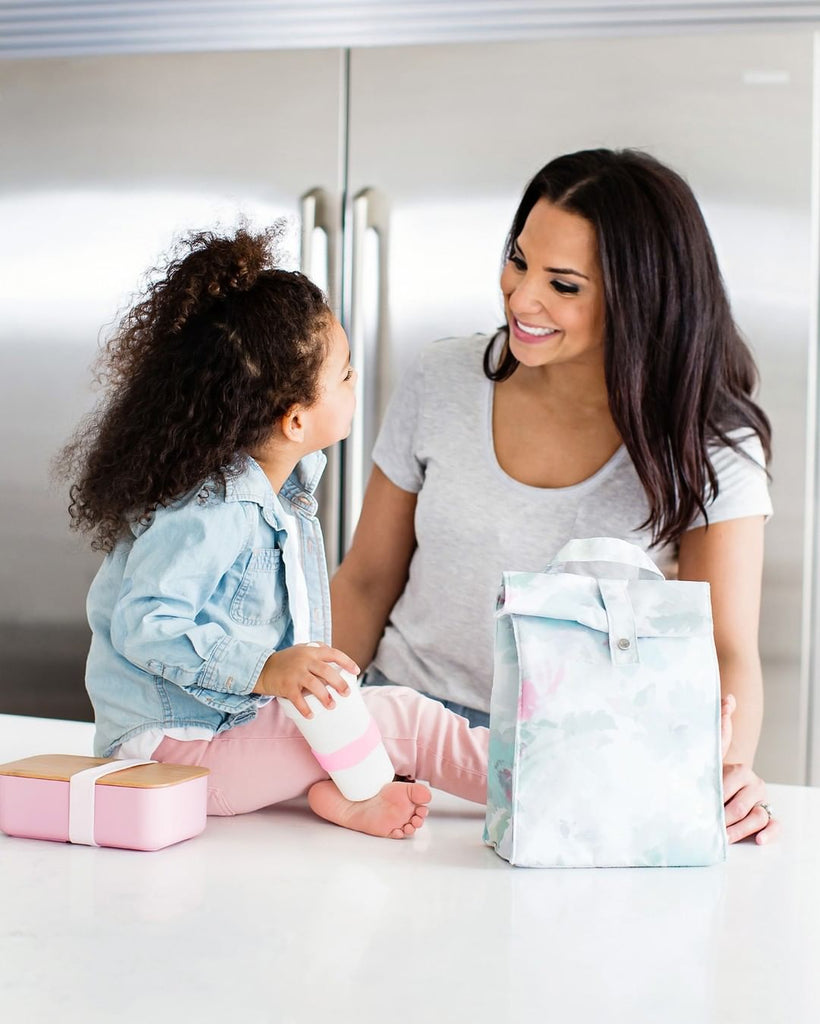
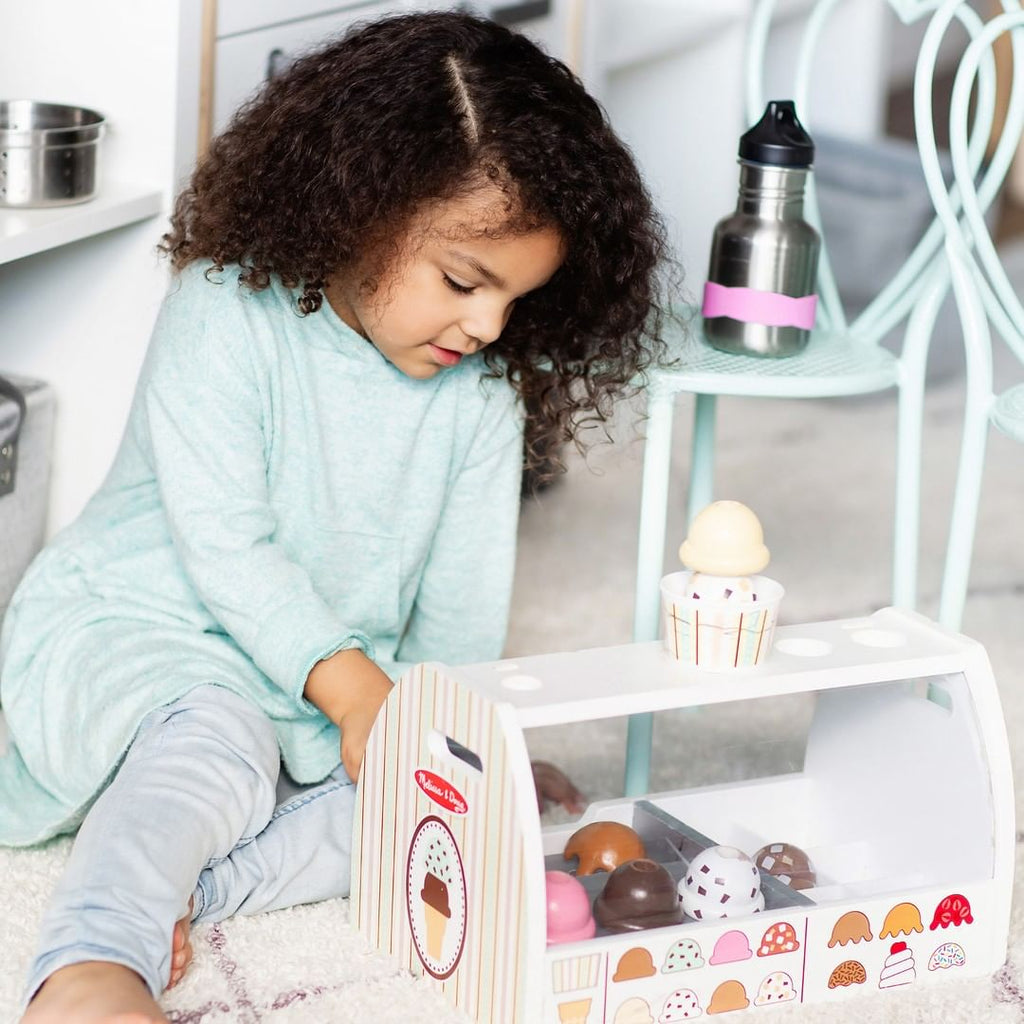
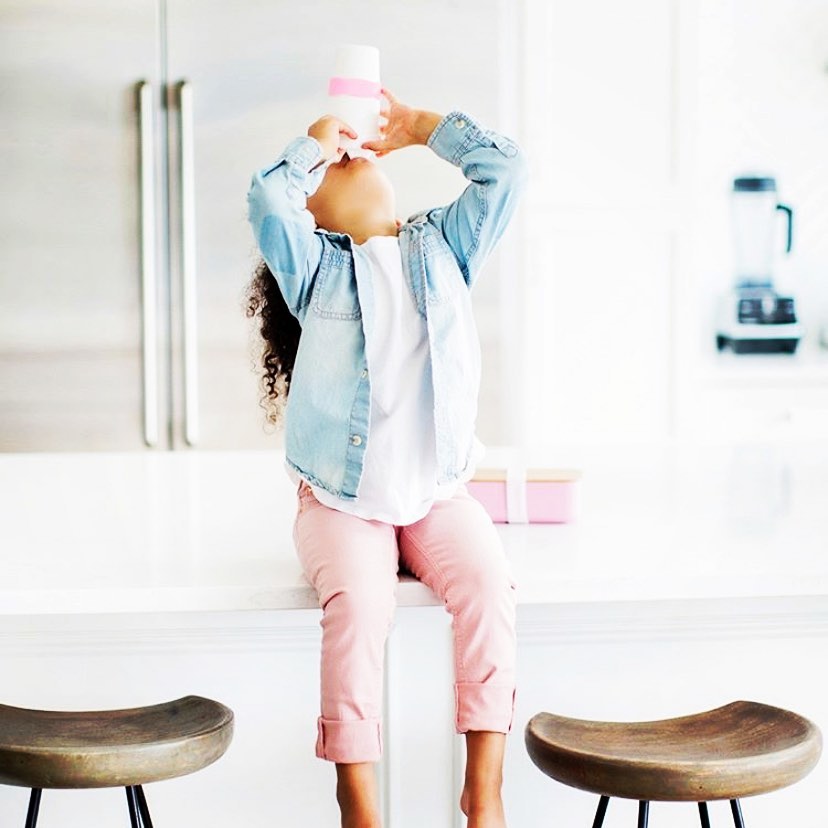
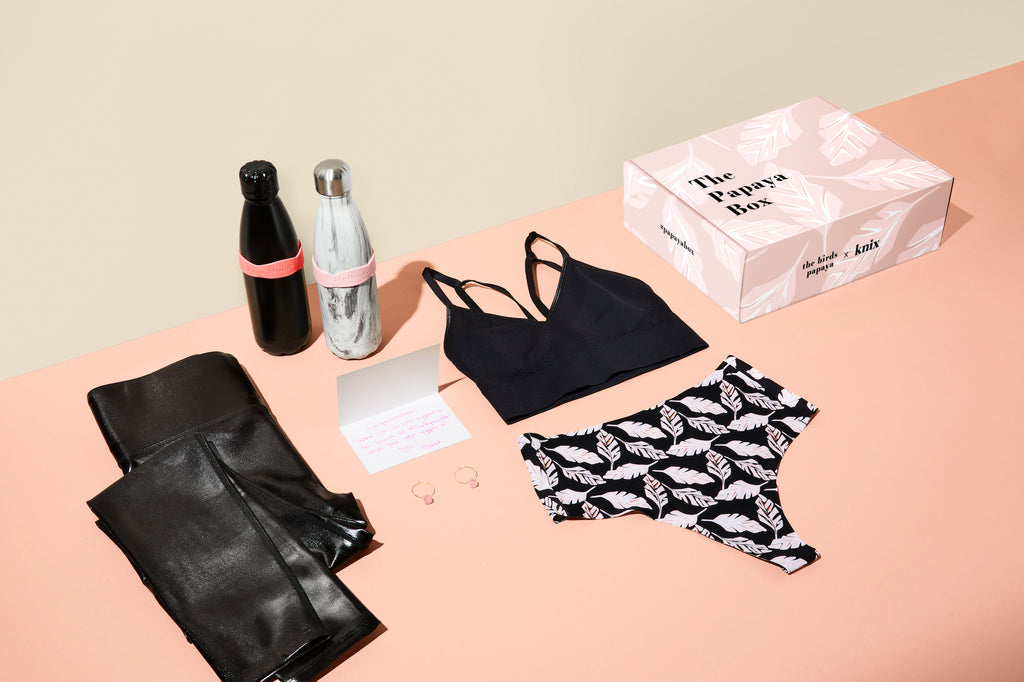








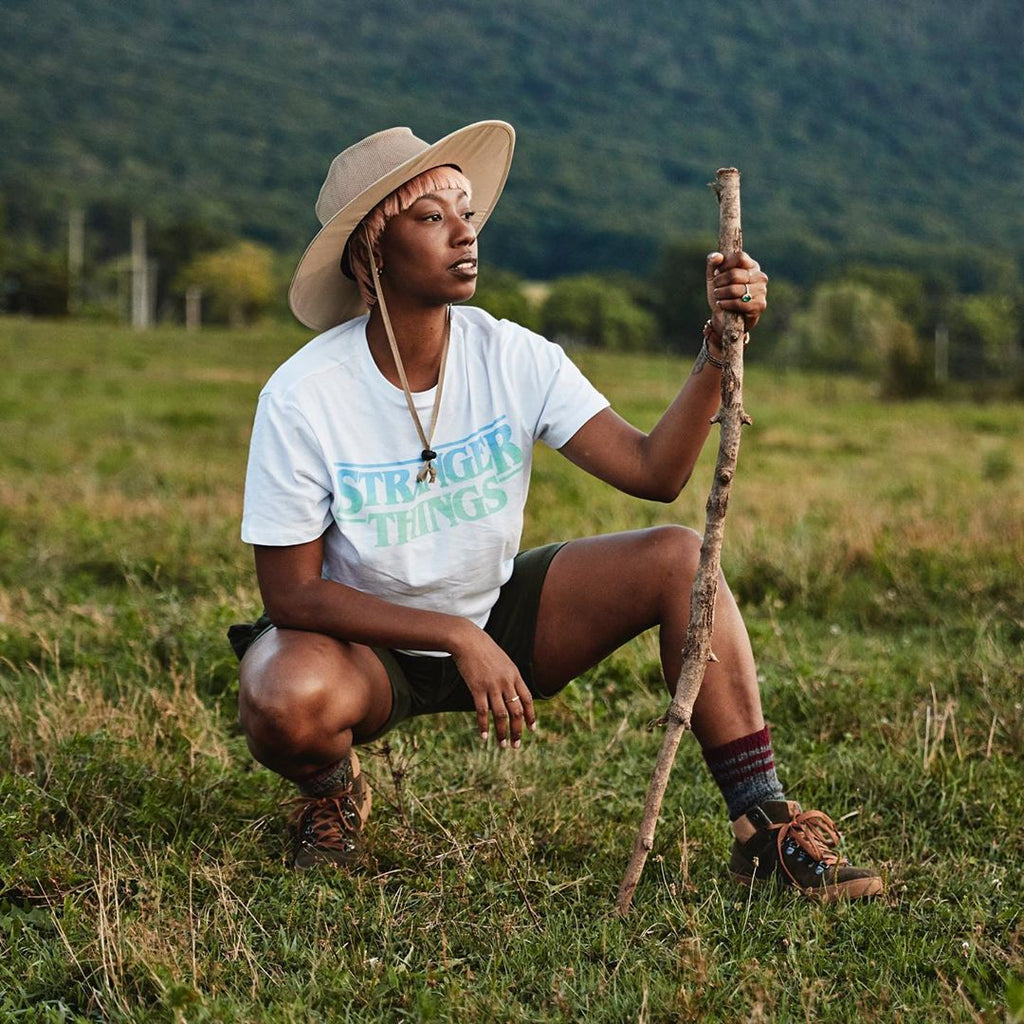



 Dominique in Super Leakproof Underwear
Dominique in Super Leakproof Underwear


